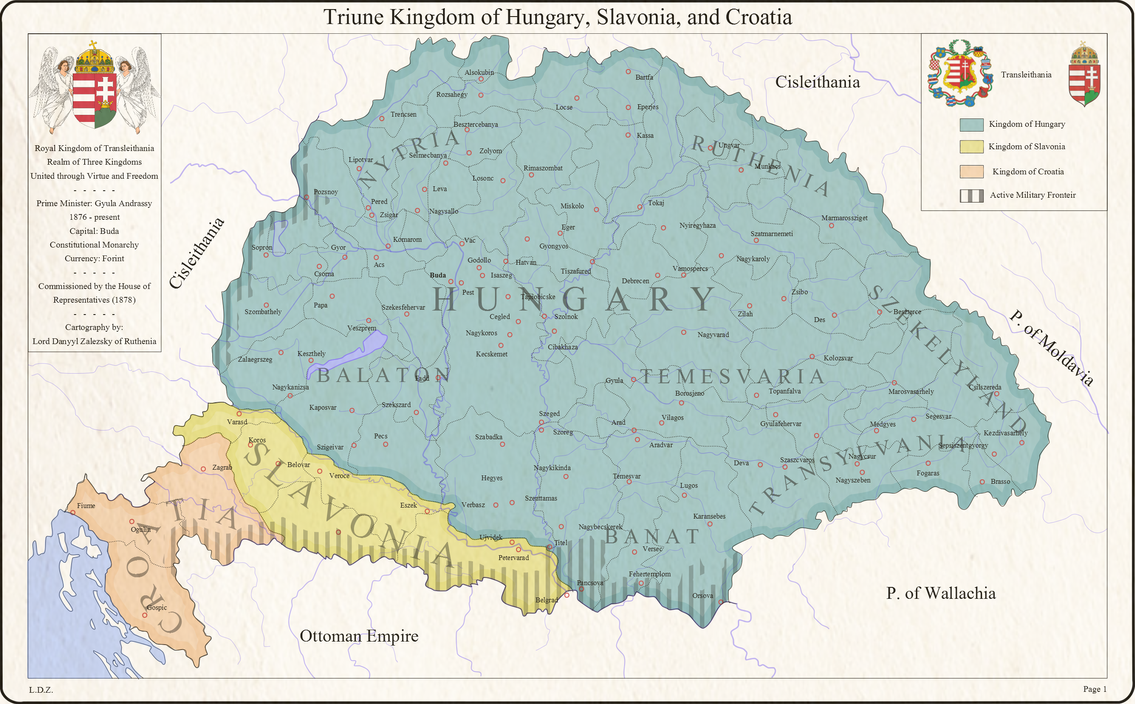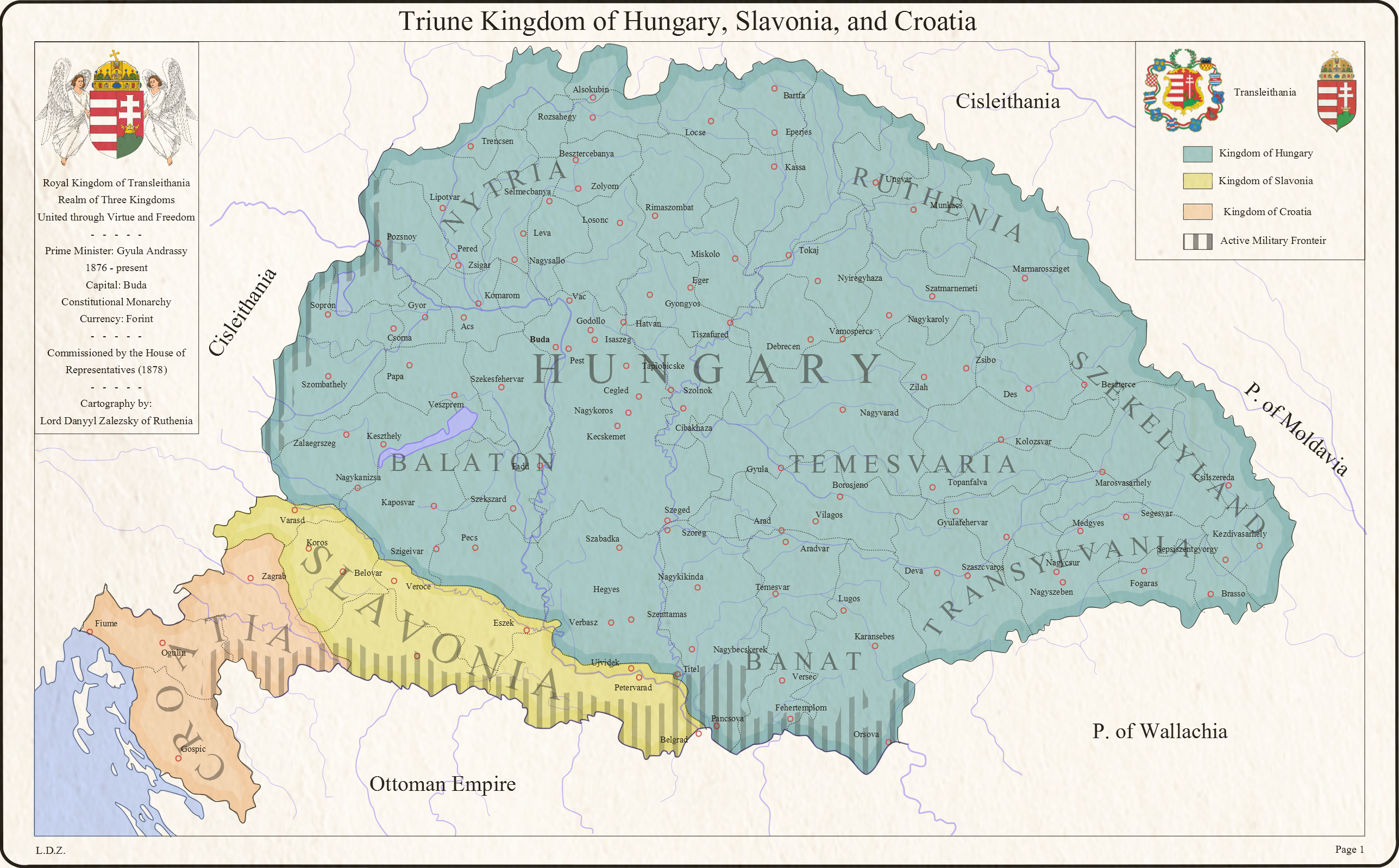A writeup of my take on Richard Sobel's For Want of a Nail. Map to follow.
[1] 60,000 with slaves. The Anglo settlers were big on slaves.
[2] A nice sop to the Duke of York.
In 1775, a rebellion broke out in the British colonies in North America, due to something about taxation or tea or something. Under General Washington the Rebel armies saw limited victories, until a decisive defeat at the hands of General Howe at Saratoga in October of 1777 doomed the chances of an alliance with France and thus the Revolution. By 1778 the Rebels were defeated, but it was realised that something had to be done even after the execution of agitators like Jefferson and Adams. The Britannic Design of 1781 saw the reorganisation of the colonies into the Confederation of North America, a union of five confederations (Northern, Southern, Indiana, Manitoba, and Quebec - note that since the addition of Northern and Southern Vandalia has compensated for the secession of Quebec, which preferred an 'Associate' status like that of Nova Scotia) under a Viceroy who represented London’s will from the capital in Burgoyne (OTL Pittsburgh). With the back of the Rebellion broken and the desire for representation sated by the Britannic Design, the C.N.A. has remained a more-or-less loyal British settler colony ever since.
Scattered and broken, their cause defeated, the Rebels fled west on what they termed (somewhat messianically) the Wilderness Walk. Rebel leaders like Greene, Hamilton, and Madison, Arnold, Lee, and Monroe, led thousands of dissatisfied ‘Patriots’ west into Spanish Louisiana. Their absence from the CNA helped ease its return to solid British rule, while the presence of several thousand angry and vengeful settlers discouraged Britain from muscling in on otherwise sparsely-settled Louisiana. Eventually they ended up in Tejas, where they established Jefferson City (roughly OTL Victoria, Texas) as capital of a sovereign State of Jefferson (the Spanish were not unaware of these interlopers, but the combination of Carlos III’s sudden death and the outbreak of the Trans-Oceanic War ensured the American settlers, who exceeded 40,000 in number by 1793 [1], were left uninterrupted) and a Jeffersonist state apparatus.
The Trans-Oceanic War (1795-99) resulted in the British seizing Louisiana north of the River Arkansas (as the Confederation of Vandalia) and the Jeffersonians expanding throughout Tejas. Spanish rule imploded completely in the Americas as domestic trouble triggered by the forced enthronement of a Protestant Hohenzollern led to revolutions all around, with New Spain no exception. By 1805 Mexico was independent, only to fall into civil war almost immediately. By 1815, when the Federalists began undertaking mass executions of Clericalist rebels, the situation had become intolerable enough that a Jeffersonian-led ‘army of liberation’ under General Jackson seized Mexico City and control of the Mexican government in 1817. By 1820 coup attempts and unrest had led to a Constitutional Convention in Mexico City which echoed Jefferson’s roots in the failed Rebellion forty years earlier, except for the fact that the nation established here – the United States of Mexico – remained standing (with many thanks to gerrymandering and a racially-biased government stacked in favour of the ‘Anglo’ immigrants and willing ‘Hispano’ stooges) from 1821 onwards, with Andrew Jackson as first President of the Jeffersonian-dominated union. By the time he stood down in 1838, an alliance with France and gold rush in California had ensured the country’s survival, and eventual development into a rival for not only the CNA (as proven in the Rocky Mountain War) but the British Empire itself.
Outside North America history diverged radically after 1777. No French Revolution led to a more traditionally 18th-century Trans-Oceanic War in lieu of the Napoleonic Wars, and the formation of the Germanic Confederation in 1799 would be perhaps its most important legacy. Throughout the century alliances formed and shifted as they always had, with only sporadic cases of unrest like that during the Polish Partition of 1804 occurring until the French Revolution of 1879 shattered the peace, thrusting France into a quarter-century of internecine conflict and Europe into the Bloody Eighties. In Russia unrest was contained until 1888 when an uprising was brutally put down (“two-million-dead-in-five-years” brutally), leading to a decade of suppressed tension. In 1898 Mexican adventurism would uncap the bottle on those tensions, as a crushing defeat of the Russians in Alaska and Siberia led to a Niederhoffian (alt-Marxist) revolution across the Empire and its eventual disintegration and the exile of thousands of nobles to Australia (settled ITTL by the East India Company's subsidiary 'Jane Company' with a much more aristocratic style of government, as evidenced by the landed gentry, indentured labourers, and own little King [2]) and Western Europe. Finally for France the long nightmare finally ended in 1909 with the ascension of Henri Fanchon to the Presidency, giving the republicans their president and the monarchists their king, and a brief resurgence cut short by the Hundred-Day War with Mexico in 1914 since which the French have stuck to picking on Africans.
Another integral development in the later 19th century was the rise of Kramer Associates (K.A.), a Mexican corporation which grew to extend its influence across every level of Mexican industry and society, up to and including the Presidency and the nation’s domestic and foreign policy. In fact, when K.A. relocated its headquarters to the Philippines in 1936, the financial collapse it triggered in Mexico sent shockwaves around the world – although the ill will this caused allowed President Alvin Silva to be re-elected against the Kramer-backed candidate, paving the way for a belligerent Mexico in the a world which, by 1939, is tumbling inexorably towards war.
Turning to war and peace, technology is roughly at a par with OTL’s 1939, as although the long peace of the 19th century led to some stagnation in the military realm, industrialisation not only increased demand for consumer goods but widened the social divides which led to the French Revolution, and the resulting renewed imperialism has galvanised military advances since the turn of the century. Locomobiles fill the streets of major cities, vitavision programmes have been broadcasting on screens watched by millions since the 1920s boom, and fleets of airmobiles prowl the increasingly tense skies of Europe. Nuclear physics remains largely theoretical, with K.A. headhunting top physicists for employment in their R&D divisions across the world, but the idea of a bomb which smashes atoms together is unheard of at this early stage. Besides, there are bigger problems to deal with: Karl Bruning of Germany’s Deutschland Party is staring down British Tory (the Conservatives are a radical splinter ITTL) PM George Bolingbroke, who is himself downcast at the election of isolationist Bruce Hogg to the Governor-Generalship of the CNA. And in Arabia, Abdallah bin Hussein (known in the west as “el-Sallah”) is exhorting the tribes to revolt against the hated Turks…
[1] 60,000 with slaves. The Anglo settlers were big on slaves.
[2] A nice sop to the Duke of York.
Last edited:

